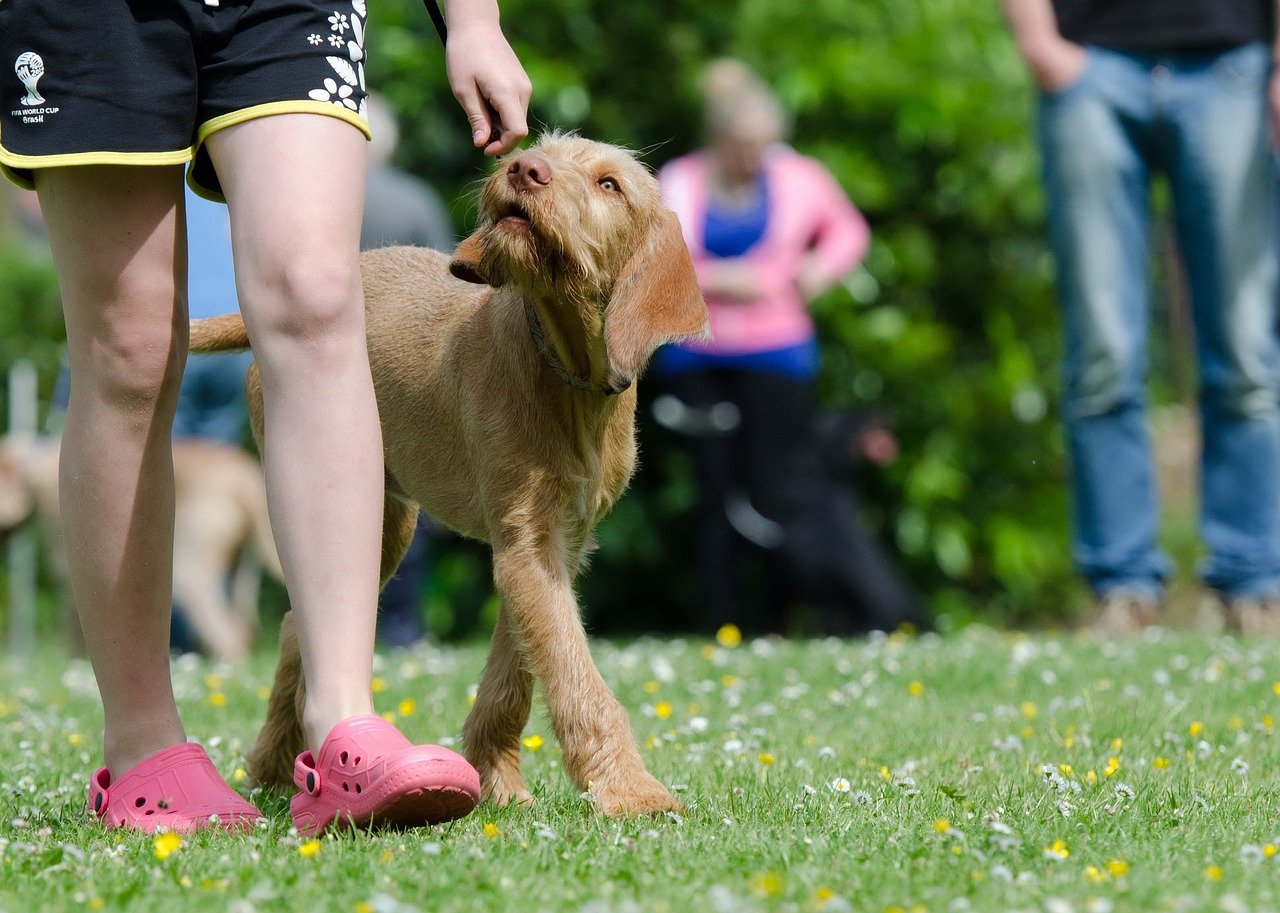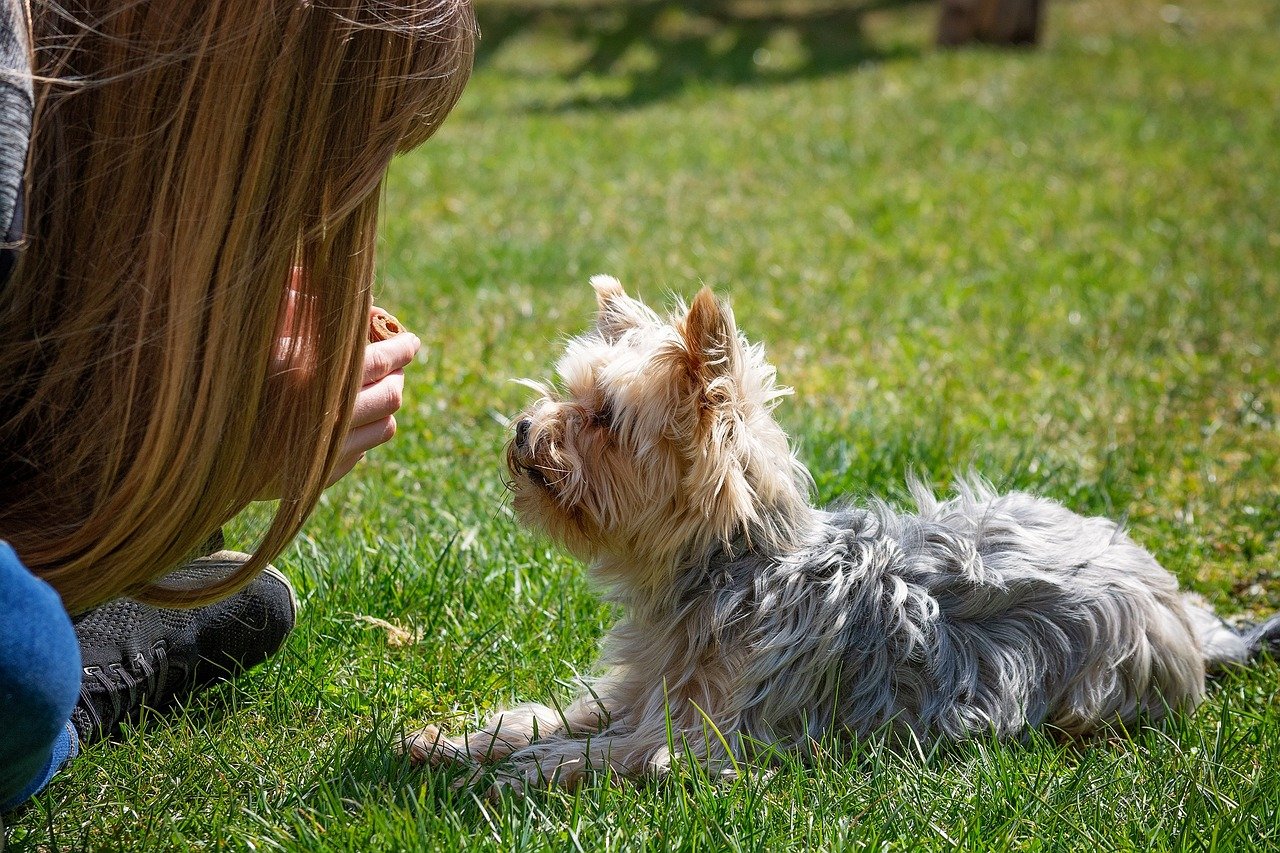Every dog owner knows the joys and challenges of having a furry friend. While their wagging tails and affectionate licks can bring immense happiness, there are times when their behavior can become a bit challenging. Bad behavior in dogs can arise from a variety of reasons, but fret not! There are effective ways to address and rectify these issues. Let’s dive into eight tried and tested methods to help your dog become the best version of themselves.
Understanding the Root of the Behavior
Before addressing any behavioral issues, it’s crucial to understand why your dog is acting out. Just like humans, dogs have reasons for their actions. They might be feeling anxious, bored, or even unwell. Observing their environment and daily routine can provide clues. For instance, if your dog is chewing on furniture, they might be bored or teething. By identifying the root cause, you can tailor your approach effectively. It’s akin to solving a puzzle – once you find the missing piece, everything starts to make sense.
Consistent Training Techniques

Consistency is key when it comes to training. Dogs thrive on routine and predictability. If one day you allow them to jump on the couch and the next day you scold them for it, they’ll be confused. Establish clear boundaries and stick to them. Use positive reinforcement, such as treats or praise, to reward good behavior. Over time, your dog will understand what is expected of them. Think of it like teaching a child – patience and repetition are your best allies.
Socialization is Essential
Dogs are social creatures, and just like humans, they need interaction. Ensuring that your dog is well-socialized can prevent many behavioral issues. Introduce them to different environments, people, and other animals. This exposure helps them adapt and reduces anxiety. A well-socialized dog is more likely to be confident and less prone to overreacting in unfamiliar situations. Imagine throwing a party – the more diverse the guest list, the more fun and engaging the event.
Exercise and Physical Activity
A tired dog is a well-behaved dog. Regular exercise is crucial for your dog’s physical and mental well-being. Depending on the breed, your dog might need more or less activity. Long walks, play sessions, or even agility training can help burn off excess energy. This not only keeps them fit but also reduces the likelihood of them engaging in destructive behavior. Think of it as your dog’s version of a gym session – it’s essential for their health and happiness.
Providing Mental Stimulation
Just like humans, dogs can get bored if they’re not mentally stimulated. Providing toys, puzzles, or training games can keep their minds sharp and engaged. These activities challenge them and can reduce unwanted behaviors that stem from boredom. Consider it akin to solving a crossword puzzle – it keeps the mind active and focused. By introducing new challenges, you’re ensuring your dog remains alert and content.
Establishing a Routine
Dogs find comfort in routine. Having a set schedule for feeding, walking, and playtime can provide them with a sense of security. When they know what to expect, they are less likely to act out. It’s similar to setting a daily agenda for yourself – it helps in organizing the day and reduces unpredictability. By maintaining a consistent routine, you’re helping your dog feel grounded and secure.
Consulting a Professional Trainer
Sometimes, despite our best efforts, we might need a little extra help. Professional dog trainers or behaviorists can provide insights and techniques that we might not be aware of. They bring expertise and experience to the table, offering solutions tailored to your dog’s specific needs. Think of them as the tutors for your furry friend – they can guide you both towards a harmonious relationship. Seeking professional help is a proactive step in ensuring your dog’s well-being.
Patience and Understanding

Above all, patience is essential. Behavioral changes don’t happen overnight. It requires time, effort, and understanding. Every dog is unique, and what works for one might not work for another. By being patient and empathetic, you foster a nurturing environment for your dog to thrive. Remember, love and understanding are the cornerstones of any relationship, be it human or canine. By approaching the situation with compassion, you’re setting the foundation for a lasting bond.
In conclusion, addressing your dog’s bad behavior requires a blend of understanding, patience, and proactive measures. By implementing these strategies, you’re not only improving your dog’s behavior but also strengthening the bond you share. Here’s to happy tails and harmonious homes!

Linnea is a born and bred Swede but spends as much time as possible in Cape Town, South Africa. This is mainly due to Cape Town’s extraordinary scenery, wildlife, and atmosphere (in other words, because Cape Town is heaven on earth.) That being said, Sweden’s majestic forests forever hold a special place in her heart. Linnea spends as much time as she can close to the ocean collecting sea shells or in the park admiring puppies.





